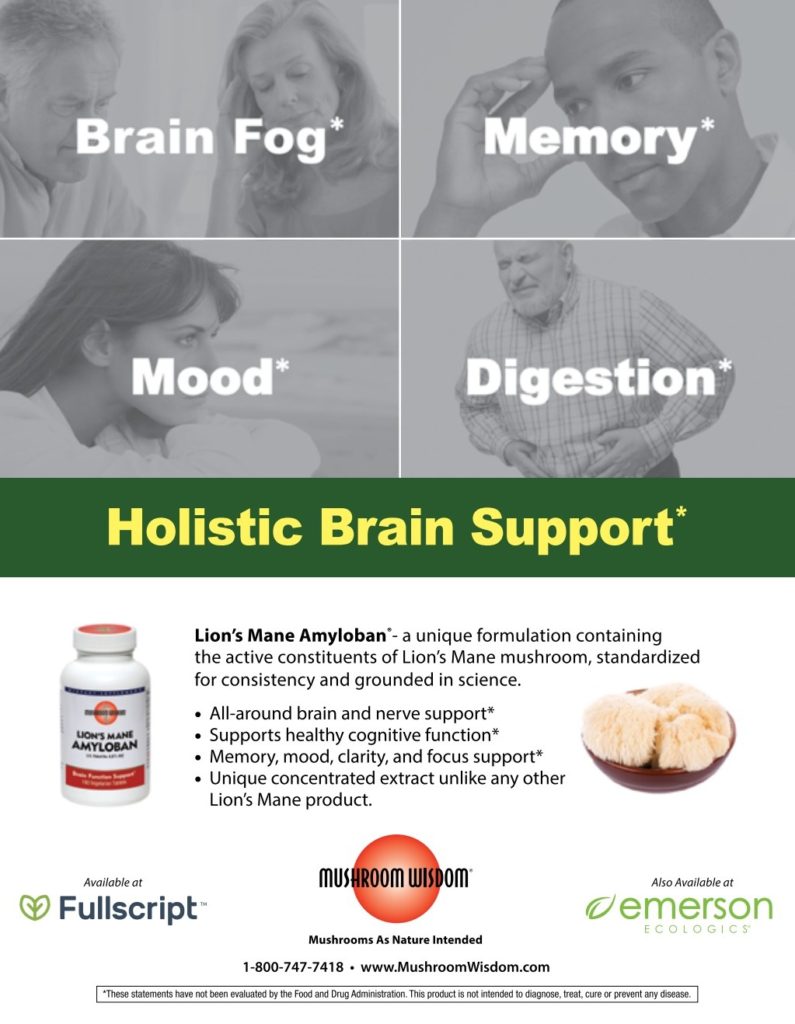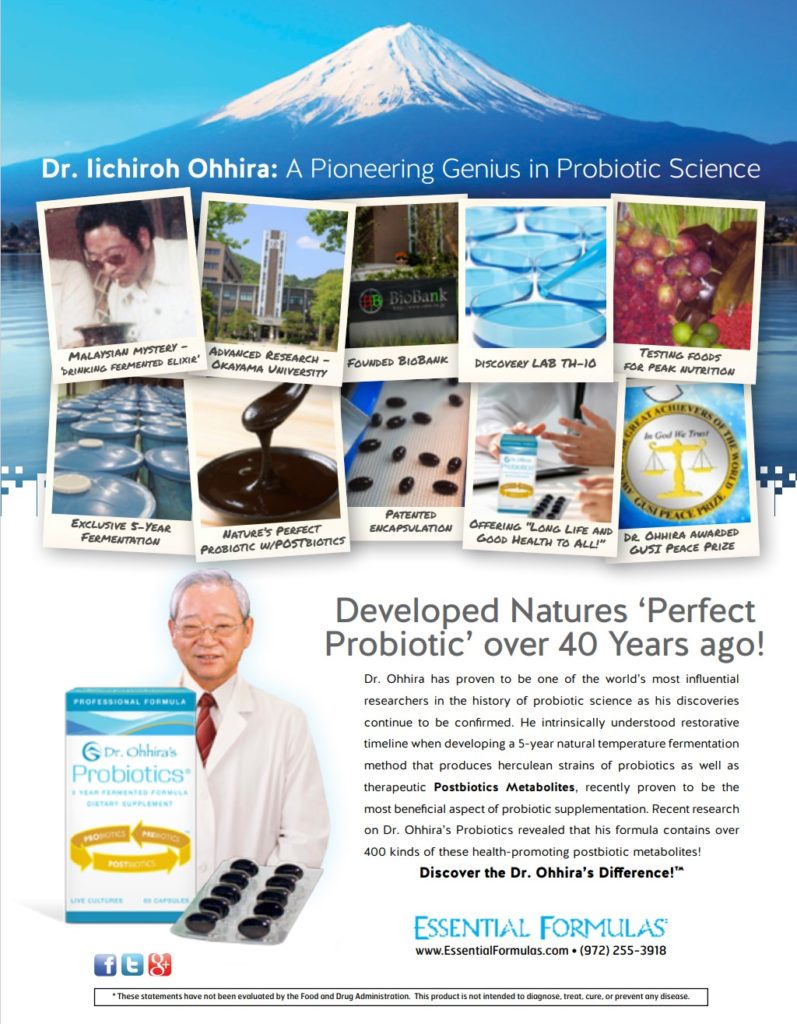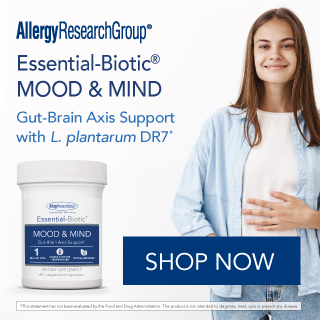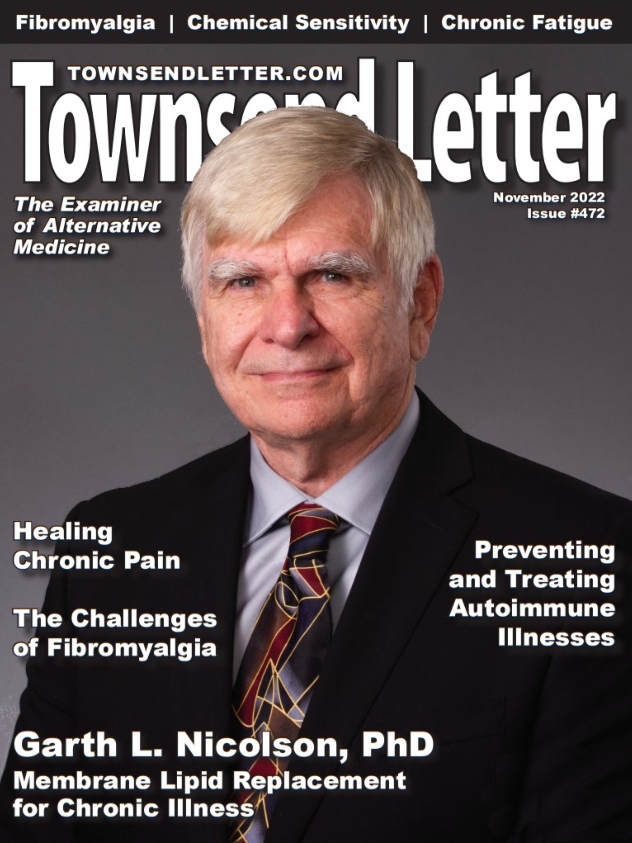Book Review: Transforming Trauma by Heather Herington, NMD
Post-Traumatic Stress Disorder (PTSD) is a condition we associate with war veterans who have been physically and mentally traumatized in the course of their military operations. For not a few veterans the traumatic event(s) they experienced triggered an overwhelming state of fear and anxiety that their brains would not and could not process adequately. Subsequently these individuals face a state of hypervigilance, hyperreactivity, avoidance of triggers reminding them of the trauma, and continuous reexperiencing of the event(s) mentally. The overbearing fear and anxiety cause nightmares, temper tantrums, anti-social behavior, and inability to live life purposefully. PTSD is not, of course, limited to military personnel; all first responders and emergency workers are subject to similar events of violence and endangerment, setting up a triggering trauma. Non-professionals, especially refugees fleeing war zones, as well as victims of terrorism are also at high risk from encountering one or more experiences subjecting them to PTSD. Serious accidents and natural catastrophes pose long-term mental risks for survivors.
Of course, one of the largest cohorts of PTSD victims have never faced a war zone or car accident. Instead they were assaulted sexually, frequently raped, and were largely powerless to fight back. Sexual trauma to the child is particularly egregious given the perpetrator’s familiarity to the child. The parents who sell off their children to traffickers are probably intergenerational victims of sexual child abuse themselves. It is of note that those trafficked and forced into prostitution may not be suffering as much PTSD as the victim of a single rape, but each person experiences PTSD differently. Statistically we experience more PTSD in the US than anywhere else in the world with the exception of countries in Asia. Women experience PTSD nearly twice as often as men; it is likely that 10% of us will face post-traumatic stress before we die. For a condition that affects us so broadly, one would expect the medical profession would be able to offer effective diagnosis and treatment. Unfortunately, while a diagnosis may be forthcoming, treatment is not necessarily effective and is difficult.
Dr. Heather Herington’s soon to be released book, Transforming Trauma, offers a “manual” for integrative and naturopathic physicians (as well as clients) to understand PTSD thoroughly with a comprehensive approach to treating the condition without drugs. Herington has experienced PTSD herself; she refers to the condition as PTS dropping the “D,” calling it post-traumatic stress. Dr. Herington developed autoimmune thyroiditis as an adult, which was treated conventionally but without good results. When she inferred that PTS may be an underlying factor to her development of thyroid disease, she embarked on a journey to transform her trauma, which as she discovered was sexual abuse and assault. As a naturopathic physician she also employed the naturopathic and biochemical supports needed to restore her thyroid gland. However, it was the work she had done in understanding her trauma that reversed her thyroid disease. Based on the very effective results she experienced for herself, she devoted much of her professional work to helping others who have experienced PTS. Not surprisingly, she found herself treating many women who also encountered sexual assault and who had not addressed their trauma. Herington’s work with women PTS victims was greatly empowering; women survivors not only were able to work out their PTS but also restore vitality in their health as well as resilience and happiness in their work, family life, and overall well-being. Transforming Trauma is not only a “how-to-do-it” book, but an articulate and enjoyable testimony to Herington’s experiences on her teaching path.
For those who are looking for something more than handing a patient a referral to a psychiatrist or counselor, for those who want more than a prescription of an SSRI, this book is also a primer for the PTS individual to consider what is needed to break the pattern of hypervigilance, nightmare, and shutdown. Herington examines the neuroanatomy involved in PTS—the prefrontal cortex, the hippocampus, and the amygdala are all involved. Many individuals are depleted nutritionally and toxic biochemically; of course, lab evaluation is helpful in assessing one’s deficiencies and imbalances. Herington advises vitamin supplements and herbal extracts rather than pharmaceuticals. Additionally, she embraces the power of homeopathy in helping to calm the terrors that PTS engenders.
What does one do to get the PTS individual to face the trauma and the triggers? Of course, there is therapy, but Herington prefers active engagement by the individual to actively face the demons. Instead of talk she prescribes journaling or writing verse. Rather than always verbalizing, why not sing about the emotion experienced or even paint it? Indeed, for some the best means to face the trauma is to engage it through self-acting, even as an improvised theatrical play. All of these arts require that the anxious, fearful individual participate mindfully, learning how to center oneself though meditative contemplation. Breathing is a very powerful tool to Heather; almost any moment of crisis can be brought to calmness through breathing.
For those docs who are experiencing burnout, or something similar, Transforming Trauma, may be the perfect guidebook to getting one’s life back and restoring wholeness as a healer. I would strongly recommend it for those docs who need to revitalize their lives!
Are Anti-Hypertensives Better to Take in the Morning or Evening?
The elderly (and middle-aged) are becoming increasingly medicated to manage and prevent cardiovascular health. Hypertension, coronary artery disease, atrial fibrillation, hypercholesterolemia, and atherosclerosis necessitate intervention generally of the pharmaceutical variety. Of course, functional medicine and naturopathic support lessen such drug dependency. Nevertheless, many patients use one or more medications to control their circulation. The question is does the anti-hypertensive work better in the morning or at night.
The answer according to Dr. Russell Foster, director of the Sleep and Circadian Neuroscience Institute of Oxford University, is before bed—definitely. An excerpt of his book, Life Time: Your Body Clock and Its Essential Roles in Good Health and Sleep, just published by Yale University Press, was published in the August 13, Wall Street Journal.
The reasoning is that it takes time for the drug to assimilate and be metabolized. Taking the blood pressure medication before sleep allows four-to-six hours to reach peak levels and break down into active metabolites by early morning, the time period when heart attack and stroke risk is highest (from 6 am to noon). Most patients are informed to take their cardiovascular meds in the morning; unfortunately, this leaves them vulnerable to the most dangerous time for cardiovascular events, what the Germans call Todesstreifen or “death zone,” the term used in the 1960s-80s if a person were to amble into the no-man land between East and West Berlin.
It would make sense for those advising herbals as anti-hypertensive medication to instruct their patients to take the extract at night using the same reasoning. Although research has not confirmed taking anti-coagulation therapy in similar fashion, it would probably be logical to take aspirin or anti-coagulant therapy at night to achieve protection against increased blood clotting in the morning when heart attacks and strokes are more common.
In this issue Raul Ibarra, MD, writes about biological rhythms not just over 24 hours but also over the month, season, and year. We certainly acknowledge this during pre-menopause, noting different estrogen and progesterone levels as the month proceeds. For this reason, practitioners may advise supplementation of estrogen earlier in the month and progesterone later in the month. It has been my personal experience that women occasionally need higher dosing of their thyroid treatment during the winter compared to the summer, but I have not read confirming research. There have been reports that the timing of breast cancer surgery, mid-cycle versus at menses, impacts survival; most recent reports fail to establish that there are significant survival benefits based on timing of such surgery.
NEJM Randomized Trial Fails to Show Benefit of Ivermectin for Covid-19
We have published a number of reports over the past three years stating that ivermectin has an effective role in the treatment of Covid-19. The August 19th NEJM randomized trial using three drugs, metformin, ivermectin, and fluvoxamine failed to show any benefit in prevention of hypoxemia, emergency room visits, hospitalizations, or death for Covid-19 infection.1 Only metformin demonstrated slight benefit for Covid-19 treatment, not ivermectin, nor fluvoxamine. Unfortunately, the investigators skewed the study by intentionally limiting the administration of ivermectin to three days while the metformin and fluvoxamine were both given for 14 days. The FLCCC protocol recommends ivermectin to be used for five days or until symptoms resolve. In other words, there is a reasonable likelihood that ivermectin may have had benefit if patients received a full treatment course for the two weeks.
Meanwhile, the NEJM’s faulty study adds to the growing collection of reports failing to show ivermectin’s benefit for Covid-19.
Cover Article: Membrane Lipid Replacement with NTFactor Lipids® by Prof. Garth Nicolson, PhD
Long-time readers of the Townsend Letter are familiar with Dr. Garth Nicolson’s work with the proprietary supplement, NTFactor Lipids®, on chronic fatigue, chemical sensitivity, brain fog, and pain. He has co-authored numerous articles about membrane lipid replacement (MLR) in this publication as well as numerous other journals. What I did not realize is Prof. Nicolson’s major contribution to medicine and science together with Dr. Seymour Singer with the publication, in 1972, of their “fluid mosaic model” to describe functioning of cell membranes.2 Nicolson and Singer’s work demonstrated that previous descriptions of the cell membrane structure were incorrect from a thermodynamic vantage point. Nicolson and Singer established that the membrane was composed of a lipid bilayer with embedded proteins enabling elasticity and fluidity. The liquid characteristic of the bilayer restricts diffusion of lipid and protein components. So important is the functioning of the bilayer membrane that numerous cell activities depend on its integrity, including cell division, apoptosis, and cell signaling.
Nicolson has been a professor at numerous universities and medical centers, including the University of California at Irvine, University of Texas, Texas A & M, the Salk Institute for Biological Studies, and the University of New Castle in Australia. His work in biochemistry and cell biology focused on cancer biology at the MD Anderson Cancer Center in the 1980s and on internal medicine at the University of Texas in the 1990s. Nicolson founded the Institute for Molecular Medicine in 1996 where he continues to conduct his research. He is recognized as a major authority on the cause and treatment of Gulf War syndrome. Based on his research the condition is thought to not only have a chemical causation but also a biologic one that appears to have had a possible biologic warfare origin by a bacterium named Mycobacteria fermantens.
Nicolson et al.’s article in this issue discusses the in vitro research of NTFactor Lipids’ effect on intestinal absorption of CoQ10, curcumin, and quercetin. Additionally, the authors studied the role membrane lipid replacement treatment plays in treating Gulf War veterans. Nicolson posits that with the aging process disrupting optimal membrane functioning, MLR should be considered as an anti-aging support.
References
1. Bramante, CT, et al. Randomized trial of metformin, ivermectin, and fluvoxamine for Covid-19. NEJM. Aug. 19, 2022. N Engl J Med. 2022; 387:599-610
2. Singer, SJ, Nicolson GL. The fluid mosaic model of the structure of cell membranes. Science. 1972; 175 (4023): 720-731.













